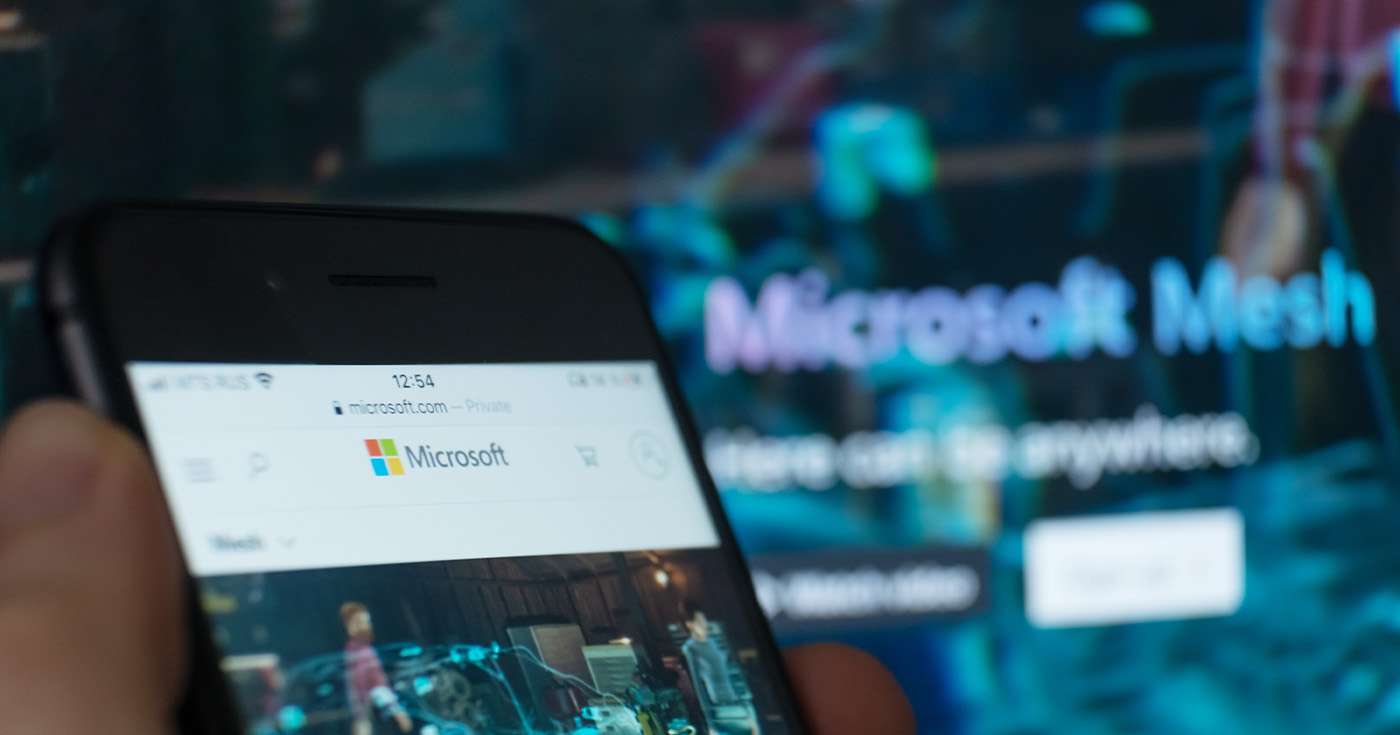
Executive Summary
- In March 2021, Microsoft announced an all-new technology platform called Microsoft Mesh, enabling real-time presence and connection in virtual spaces. In January 2024, Mesh hit general availability.
- Microsoft Mesh was created to bridge the gap between remote and in-office working in a new way, by blending mixed-reality with VR and even more conventional devices to create virtual shared spaces.
- “Avatar for Teams” and “Immersive spaces in Teams” are available now as part of most Microsoft 365 Business plans, with “Custom immersive experiences in Teams” available as part of the Teams Premium license or a free 6-month trial.
Introduction
Since 2020, hybrid working has become commonplace across the UK.
Where before office-based employees would spend 40 hours a week in-office, it’s now common for a day or two per week to be spent working from home. In fact, according to the CIPD, a whopping 83% of UK organisations have hybrid working in place.
It’s no surprise, then, that Microsoft has been beavering away on tools to make hybrid working easier and more productive.
The result? Microsoft Mesh, a somewhat futuristic approach to blending gaming-like 3D experiences with the world of work.
What is Microsoft Mesh, again?
Microsoft Mesh, first announced in March 2021, is a technology which enables collaboration and interaction via mixed reality.
In plain English, that simply means that Mesh users can choose to step into a virtual meeting space in various ways. For example, one person may choose to wear a Meta Quest VR headset and ‘walk’ around the space as though they were in a meeting room. At the same time, someone else may choose to enter a Mesh-powered call via Teams on their Windows PC, and they’ll still be able to see and interact with everyone else in the space – a bit like playing a video game.
Microsoft Mesh is built into Teams as a meeting type, with organisers able to switch to an immersive space (more on these shortly) at any time. There’s also a dedicated Mesh app available for Meta Quest headsets, for those who really want to go all-in on the immersion.
The core elements of Microsoft Mesh
As of early 2024, there are three core components of Microsoft Mesh. Two of these are the basics of the platform, while the third is more focused on developers looking to create unique experiences for their organisation.
Here’s a summary of each part of Mesh:
- Avatars for Teams is a feature which allows anyone on a Teams call to represent themselves with a 3D avatar. These avatars look a little bit like 3D cartoon characters, though they’re fully customisable with a wide range of inclusive options for defining how they look. Users can decide whether their avatar appears in their place for each meeting, making them perfect for the camera shy.
- Immersive spaces for Teams are 3D digital environments which can play host to your Teams meeting. By switching to an immersive space – including themes like Lakehouse and Oasis – participant’s avatars will be placed into a virtual space together where they can chat, interact, and experience a new type of co-presence. These spaces can be navigated either using a Meta Quest VR headset, or the keyboard and mouse on PC.
- Custom immersive experiences in Mesh is designed as a premium option for organisations looking to get the most out of Mesh. It enables developers to leverage a toolkit based on the Unity engine to create totally unique 3D worlds which can be, well, anything – including custom branding, unique buildings, even replicas of real-world offices. A no-code editor is also available for those who don’t have development experience.
How to start using Microsoft Mesh
Since Mesh is now in general availability, you might find you already have access.
If you’re on any of the Microsoft 365 Business plans (Basic, Standard, Premium) or a Teams Essentials plan, you’ll be able to use avatars and immersive spaces already. When hosting or participating in a Mesh-enabled meeting, you should see the “Immersive space” option when you click the View button.
To use the custom immersive experiences, you’ll need to have a Teams Premium license or sign up for a 6-month free trial with Mesh, which can be added to your existing subscription. If you’re not sure whether you need this level of customisation, the free trial can be a good way to find out.
If you’d like to know more about Microsoft Mesh, or you’re not sure how to get started, ask your Get Support account manager today or call the team on 01865 594 000.